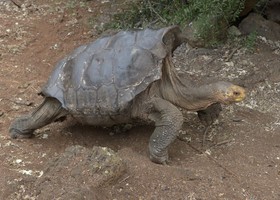Earth-like habitable zone found by NASA
Fewed by - Muzammil Zafar
NASA's Transiting Exoplanet Survey Satellite, also called TESS, has helped scientists correct their measurements regarding a nearby star system, improving estimates of the star's size and brightness, which has revealed that one of the planets in the system, TOI 700 d, about 20 percent more massive than Earth and with an orbital of 37 days, lies in the system's habitable zone.
nasa
earth
satellite
star
brightness
tess
exoplanet
scientists
measurement
star-system
size
orbital
habitable
zone
Tue Jan 07
-
ScienceDaily

